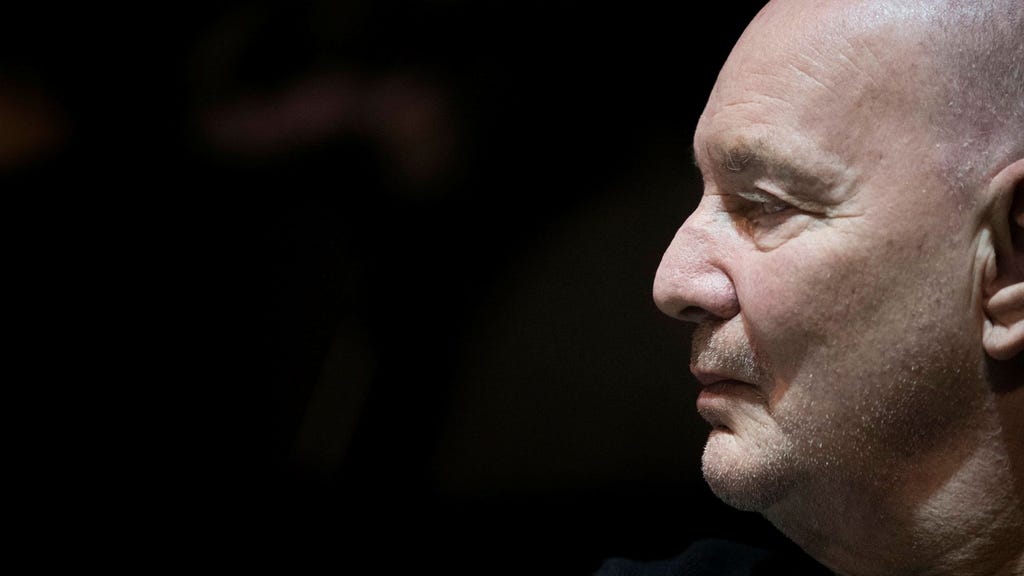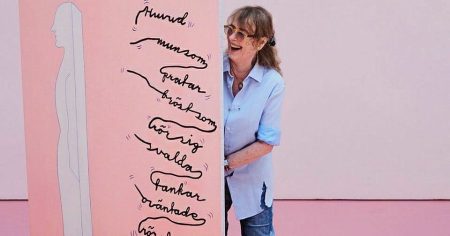The approaching holiday season in Sweden revives the annual debate surrounding the role of the church in school festivities. Proponents of church involvement often present it as an age-old tradition, a fixture in the cultural landscape. However, much like the relatively recent emergence of the Lucia celebration, the practice of attending church services to mark the end of school terms is a more modern development. While Christmas hymns were sung in schools, this typically occurred during morning assemblies, accompanied by a teacher playing the school organ, rather than within a church setting. Church attendance itself was expected of individuals regardless of school events.
Another tradition, nearly as old but now largely extinct, is the performance of Christmas plays by school children in the days leading up to the holiday break. This practice gained momentum in the early 20th century, fueled by the Children’s Library Saga, which published collections of suitable plays. These early plays often featured moralistic themes, with stories of mischievous elves who disciplined disobedient children or those who neglected to help the less fortunate. The concept of Christmas presents was not central to these narratives, which drew inspiration from the late 19th-century writings of Zacharias Topelius.
While the Saga library initially focused on moralistic plays, a shift towards entertainment soon followed. Humorous elves and comedic skits became increasingly popular, gracing school stages and offering lighthearted amusement. This broadened the scope of school performances, incorporating not only fairy tale plays but also short, realistic dramas. Signe Wranér, an editor at Saga, leveraged her connections to secure contributions from prominent authors, including Elsa Beskow’s acclaimed ”The Light in the Window” from 1939. This play subtly incorporated the contemporary backdrop of a cold winter, rationing, and the looming presence of war, a detail that drew criticism from some book reviewers.
The final collection of plays from the Saga library was published in 1962, coinciding with the rise of anthologies from Rabén & Sjögren, edited by the renowned children’s theatre director Elsa Olenius. Olenius, the founder of Vår Teater and a close friend of Astrid Lindgren, continued the tradition of providing schools with performance material. The 1970s and early 1980s saw further publications of plays for school use, followed by two volumes in the 1990s edited by Kent Hägglund, then the children’s book reviewer for the newspaper Dagens Nyheter. Since then, the tradition of school Christmas plays has waned, overshadowed by the enduring popularity of the Lucia procession.
However, amidst this decline, the tradition persists, albeit in more subtle forms. In 2022, the educational publisher Majema released ”Lästeater,” a collection of short plays suitable for school performances. Included in this anthology is a three-page play titled ”Ikaros,” a retelling of the Greek myth, adapted by none other than the renowned playwright Lars Norén. This concise adaptation, featuring a manageable number of roles and simple dialogue, provides an accessible entry point for young actors. The subtle attribution, revealing Norén’s authorship only on the final page, adds an unexpected layer of significance to this seemingly modest school play.
The inclusion of a Norén play in a school anthology presents a fascinating juxtaposition. Norén’s later diaries reflect his engagement with children’s culture and school events through his youngest daughter. The adaptation of ”Ikaros” came about through another daughter, Nelly Bonner, who edited the collection and, like Signe Wranér before her, recognized the value of commissioning works from established playwrights. This unexpected connection between one of Sweden’s most prominent playwrights and a collection of school plays offers a refreshing alternative to traditional holiday performances. Beyond ”Ikaros,” Majema also published Norén’s adaptation of ”The Pied Piper of Hamelin” in their 2020 collection ”Läsresan.” While steeped in the archaic language of the original tale, this adaptation retains a vibrancy that makes it well-suited for young performers. While it might be an overstatement to claim a Lars Norén play for every occasion, there’s certainly a Norén for every age.














